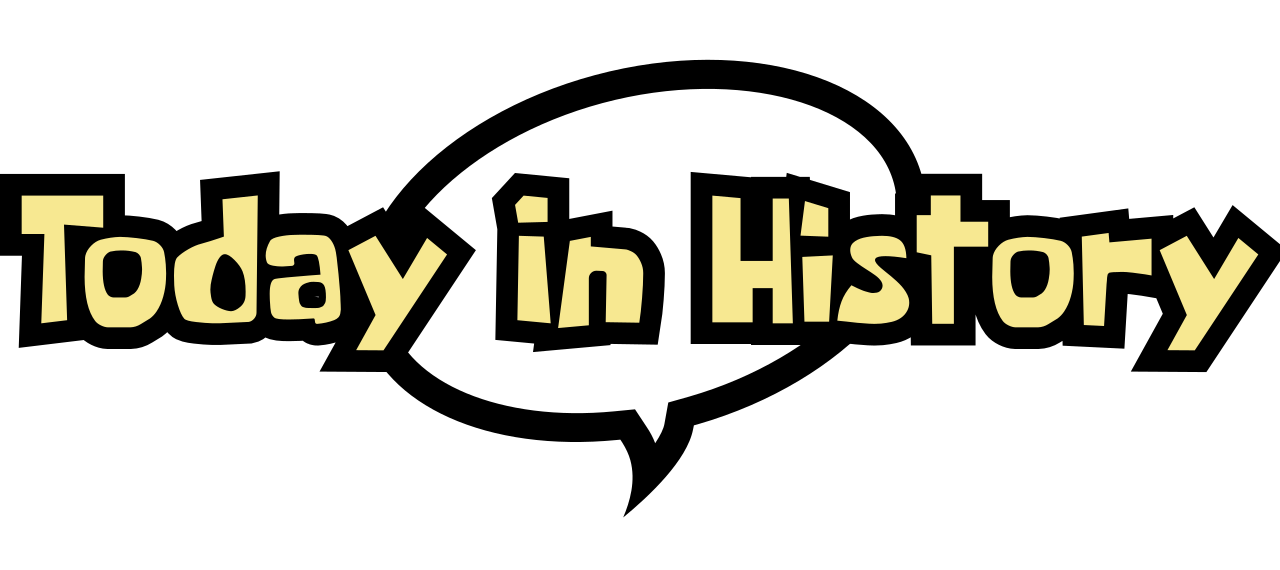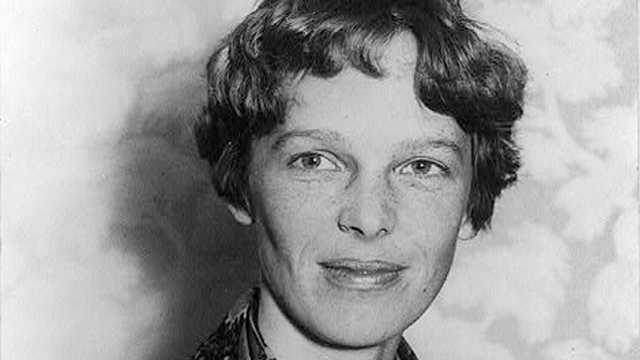On August 12, 1877, Thomas Edison, the prolific American inventor and scientist, achieved a milestone that would forever change the way we interact with sound. This date marks the day when Edison recorded himself reciting the nursery rhyme “Mary Had a Little Lamb” using his newly invented cylinder phonograph. This achievement was a pivotal moment in the history of audio technology and signaled the dawn of recorded sound.
The Cylinder Phonograph: A Revolutionary Invention
Thomas Edison’s invention of the phonograph was a groundbreaking development in the field of sound recording and reproduction. The phonograph, initially conceived as a device for recording and playing back sounds, was a mechanical marvel. It consisted of a cylinder covered in tinfoil, a stylus for recording, and a horn for amplification.
The concept behind the phonograph was relatively simple yet revolutionary. When sounds were recorded, the stylus would etch a series of grooves into the tinfoil surface of the cylinder. These grooves would vary in depth and shape according to the vibrations of the sound waves. During playback, the stylus would trace these grooves, recreating the original sounds.
Edison’s phonograph was the first device capable of both recording and reproducing sound. Prior to this invention, there was no practical way to capture and playback audio. Edison’s device represented a significant leap forward in technology, opening up new possibilities for communication, entertainment, and information sharing.
The Historic Recording: “Mary Had a Little Lamb”
On August 12, 1877, Edison conducted a test of his phonograph that would become one of the most famous recordings in history. He recited the nursery rhyme “Mary Had a Little Lamb” into the phonograph’s recording apparatus. The choice of the rhyme was likely due to its simplicity and rhythmic quality, which made it an ideal test for the new technology.
After recording the nursery rhyme, Edison and his team were able to play it back, confirming that the phonograph could indeed reproduce sound. The recording captured Edison’s voice in a way that had never been achieved before. It was a moment of sheer amazement and excitement, marking a significant achievement in the field of audio technology.
The phonograph’s ability to capture and reproduce sound demonstrated the potential of recorded media and opened the door to a wide range of applications. It paved the way for the development of the music industry, radio broadcasting, and countless other innovations in audio technology.
The Impact and Legacy of Edison’s Invention
Edison’s phonograph was not just a technological marvel; it had far-reaching implications for various aspects of society. In the decades following its invention, the phonograph evolved into more advanced forms, including the wax cylinder phonograph and the later flat-disc records. These advancements made recorded sound more accessible and practical for everyday use.
The phonograph also played a crucial role in the development of the music industry. It allowed for the mass production and distribution of recorded music, transforming how people experienced and enjoyed music. Before the phonograph, live performances were the primary means of experiencing music. With the advent of recorded sound, people could listen to their favorite music at home, on the go, and at any time they wished.
In addition to its impact on the music industry, the phonograph revolutionized other forms of media and communication. It enabled the recording of speeches, lectures, and other important events, preserving them for future generations. This capability had a profound effect on how information was disseminated and recorded, contributing to the growth of media and communication industries.
The Technological Evolution
Edison’s phonograph laid the groundwork for subsequent innovations in audio technology. Over time, improvements in materials and design led to the development of more advanced recording and playback devices. The introduction of electrical amplification, stereo sound, and digital recording further enhanced the quality and accessibility of recorded sound.
The legacy of Edison’s phonograph continues to influence modern audio technology. Today’s digital audio systems owe much of their development to the principles and innovations introduced by Edison’s early phonograph. The ability to capture, store, and reproduce sound has become an integral part of daily life, from listening to music and podcasts to recording and sharing audio content.
Conclusion
The recording of “Mary Had a Little Lamb” on August 12, 1877, was more than just a historical curiosity; it was a groundbreaking achievement that marked the beginning of a new era in audio technology. Thomas Edison’s invention of the phonograph revolutionized how we interact with sound, laying the foundation for countless advancements in the field. Edison’s work remains a testament to the power of innovation and its ability to transform society.







What do you think?
Show comments / Leave a comment